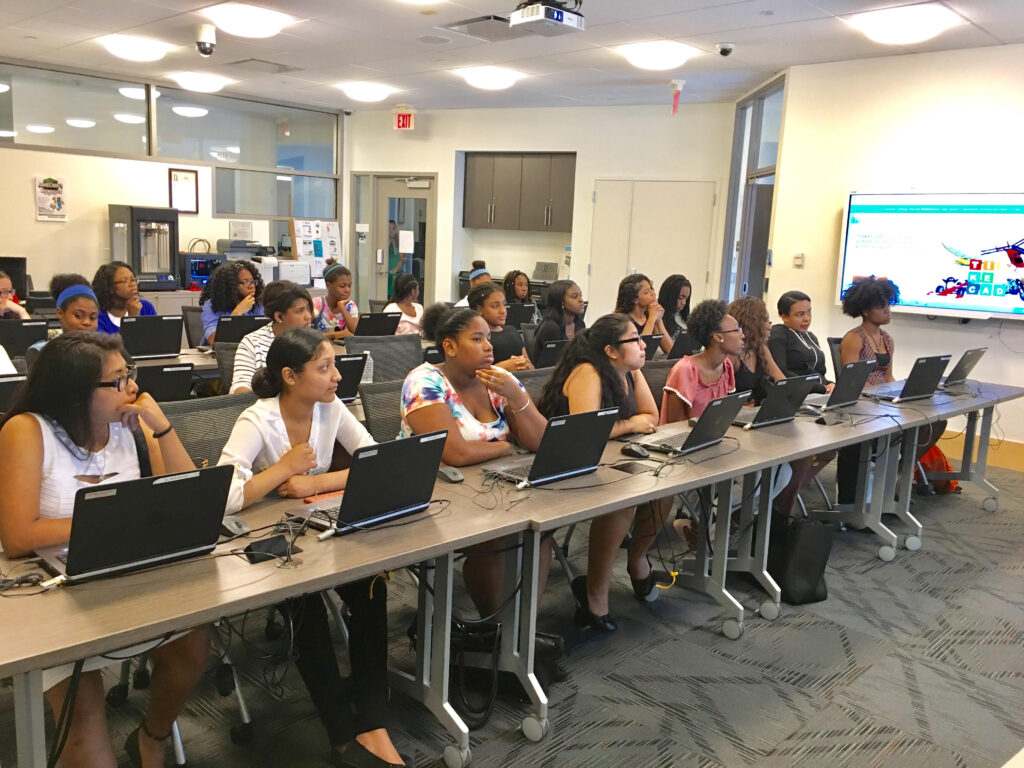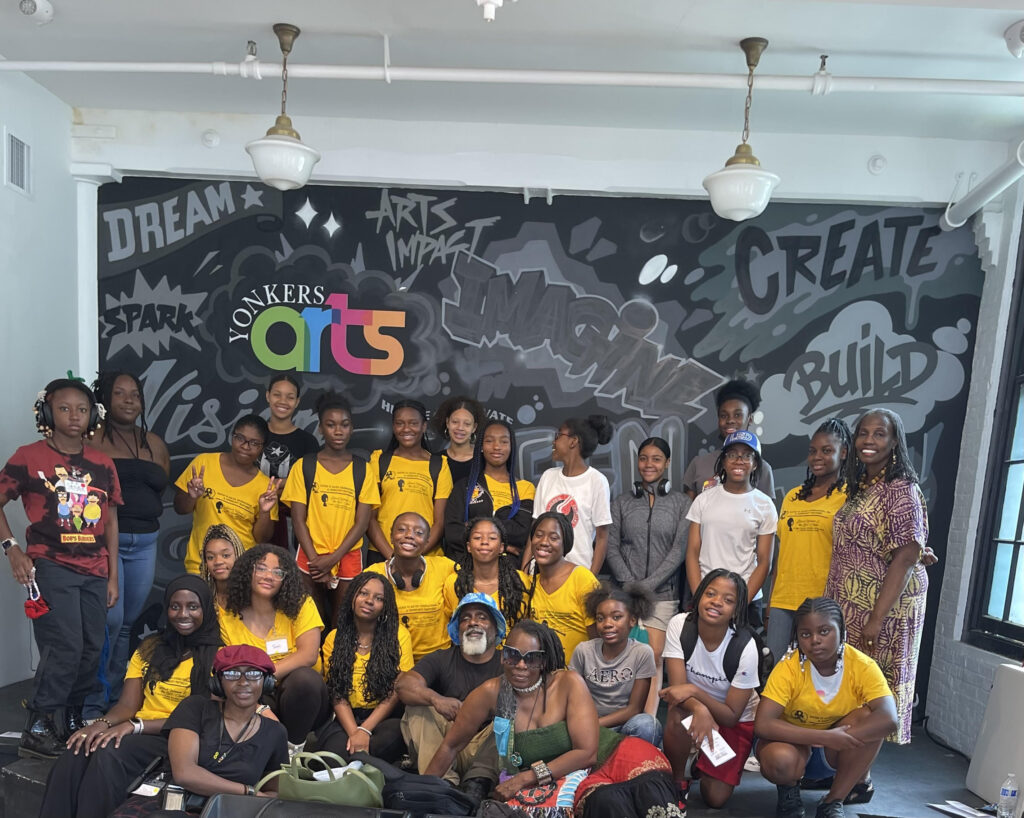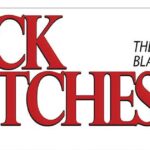Since 2010, Sister to Sister International (STSI) has created a pipeline of Black young women from middle to high school, college, and on to careers. They have helped young women achieve their dreams through academic enrichment, personal and professional development workshops, and tech education training. These digital literacy programs are critical for youth, not just while they are in school, but for their futures. The technology sector is growing exponentially, and digital know-how is being integrated into most sectors outside of tech. Yet women only make up about 28% of the tech workforce.
It’s been over three-and-a-half years since COVID plunged students and teachers into remote learning, causing chaos as school districts struggled to get everyone online and bringing necessary attention to the digital divide. But now, years later many have moved on from this crisis — but the digital inequalities continue to impact families across the country, including here in Westchester County.
Despite the common belief that the “digital divide” only refers to those whose home is not wired with broadband connectivity, there are other factors that keep people offline, like a lack of digital literacy, difficulty accessing computers, tablets, and smartphones, and the high cost of internet service. While there have been major strides towards ensuring every household has access to broadband service in recent years, these other dimensions of the digital divide mean many people in Westchester still struggle to get online, especially students who are trying to complete online homework. To help our students today — let alone meet the growing demand for technology-savvy employees tomorrow — it is critical that today’s young people have access to digital literacy and tech education. This is doubly important in underserved and underrepresented communities, where the impact of the digital divide is felt even more acutely.

The STSI Still I Rise: Status of Black Women and Girls (2021) research report highlights the disparities in high school STEAM resources and curricula in Westchester schools. With many schools lacking the resources needed to provide the computer science and digital literacy education students need to compete in this new economy, AT&T is stepping into the gap and opening doors for our communities. Organizations like ours, however, cannot do this work alone. There is an immense need for these classes and success requires a partnership between non-profits, schools, government partners, and private companies. STSI’s partnership with AT&T continues to impact the lives of over 200 youth in the Lower Hudson Valley.
Nationwide, AT&T has committed to investing billions of dollars toward bridging the digital divide. In Westchester, they have been a significant supporter of our students, helping provide digital literacy education, cybersecurity basics, computer programming training, and STEAM classes to more than 125 young Black women impacted by the digital divide. Through their AT&T Connected Learning initiative, they are continuing to address the digital divide through additional investments in internet accessibility, affordability, and the safe use of technology. Our partners in government are also stepping up to help defeat the digital divide. They have worked diligently to ensure Westchester has the resources to help end digital inequalities—for example, the federal government’s Affordable Connectivity Program, which reduces the cost of internet service for millions of Americans.
This is how we eliminate the digital divide: by working together to help the communities that need it the most. But more must be done. AT&T has been a role model on the ground, and we encourage other sectors to follow their lead. It is more important now than ever that we empower the young people in our community to become the leaders of the global digital economy, so they can bring us to a better tomorrow.





